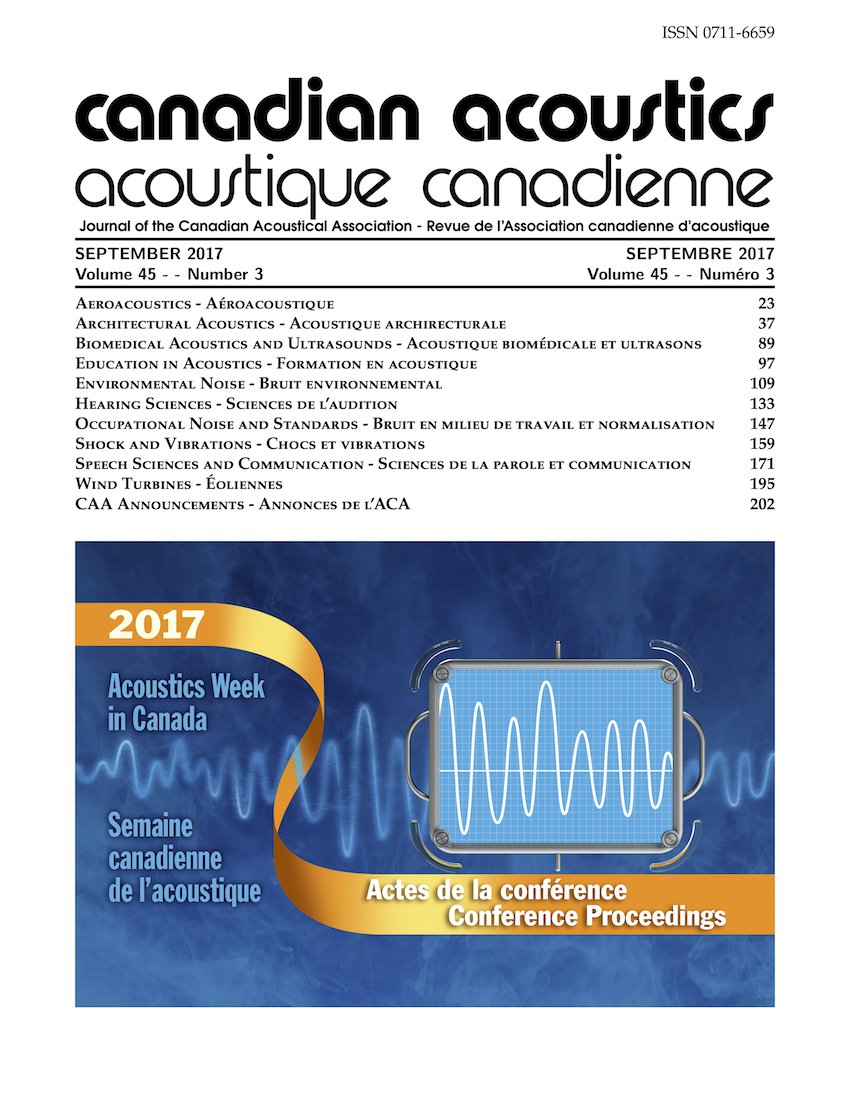HVAC Displacement System Noise Control – A New Method to Quantify Noise Control Performance
Abstract
For most of the 20th century, performing arts venues and other rooms were ventilated with overhead supply systems. In the early 21st century, displacement systems seem to have taken over both in performing arts centres and offices. They are thought by some as a new thing but their pedigree goes back to Roman times and perhaps beyond. There are currently no recognised calculation or measurement procedures to calculate displacement system noise control. This paper will try to address this issue. It will focus on performing arts centres because that is what the author is most familiar with. A typical displacement system for a performing arts auditorium or an office has a room or chamber below the occupied room. The floor of the room above is then is either perforated with a series holes, or ventilation grills allowing the supply air to slowly ventilate upwards. The existing air is displaced by the conditioned air, hence the name. A new method has been developed to predict and quantify the combined behaviour of the chamber and the openings in the floor. The concept is to consider near and far field components, combined in the same way that one might study direct and reverberant sound fields. Measurements have been performed in three auditoria, two with acoustically lined chambers and one without. The chamber and floor openings, combined, introduce approximately 20 to 30 dB of noise control isolation, although there are some pipe resonance issues around 200 to 400 Hz. The new method was first implemented on Toronto’s Four Seasons Centre for the Performing Arts, with encouraging results.Additional Files
Published
How to Cite
Issue
Section
License
Author Licensing Addendum
This Licensing Addendum ("Addendum") is entered into between the undersigned Author(s) and Canadian Acoustics journal published by the Canadian Acoustical Association (hereinafter referred to as the "Publisher"). The Author(s) and the Publisher agree as follows:
-
Retained Rights: The Author(s) retain(s) the following rights:
- The right to reproduce, distribute, and publicly display the Work on the Author's personal website or the website of the Author's institution.
- The right to use the Work in the Author's teaching activities and presentations.
- The right to include the Work in a compilation for the Author's personal use, not for sale.
-
Grant of License: The Author(s) grant(s) to the Publisher a worldwide exclusive license to publish, reproduce, distribute, and display the Work in Canadian Acoustics and any other formats and media deemed appropriate by the Publisher.
-
Attribution: The Publisher agrees to include proper attribution to the Author(s) in all publications and reproductions of the Work.
-
No Conflict: This Addendum is intended to be in harmony with, and not in conflict with, the terms and conditions of the original agreement entered into between the Author(s) and the Publisher.
-
Copyright Clause: Copyright on articles is held by the Author(s). The corresponding Author has the right to grant on behalf of all Authors and does grant on behalf of all Authors, a worldwide exclusive license to the Publisher and its licensees in perpetuity, in all forms, formats, and media (whether known now or created in the future), including but not limited to the rights to publish, reproduce, distribute, display, store, translate, create adaptations, reprints, include within collections, and create summaries, extracts, and/or abstracts of the Contribution.


